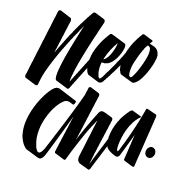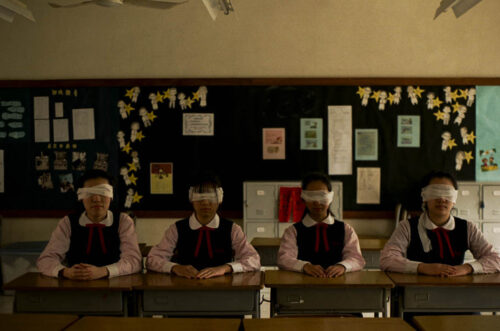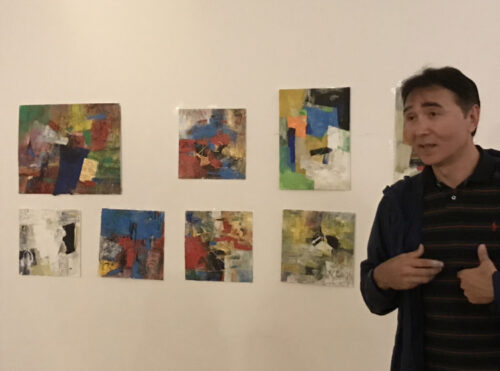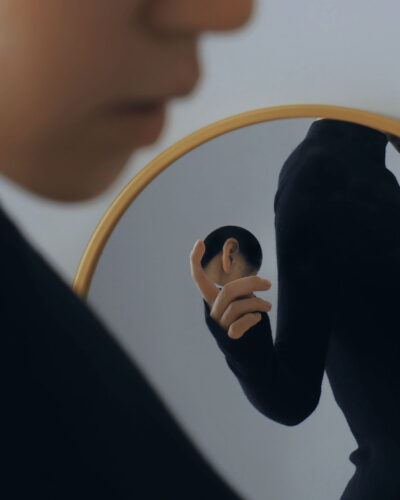Lu Xinjian’s cityscape abstractions
An artist on the vanguard of Chinese abstraction, Lu Xinjian creates paintings that reduce vast cityscapes into dynamic studies of color and line. His work explores the relationship between modernity and the natural world.

This article was originally published on Neocha and is republished with permission.
Lù Xīnjiàn 陆新建 is an artist on the vanguard of Chinese abstraction. His paintings reduce vast cityscapes into dynamic studies of color and line that explore the relationship between modernity and the natural world. The microscopic detail in his artworks draws viewers in, even as the huge size – many works are several meters wide – compels them to step away. This contrast creates a vitality that imposes itself on the viewer.
Lu’s work is elusive. “It’s always nice for me to see visitors discover the surprise behind my paintings. At first, it appears to be a pure abstraction but then they begin to understand the root of the work,” he says. Working with acrylic on canvas, he painstakingly crafts each hallucinogenic painting line by line, color by color, over months.
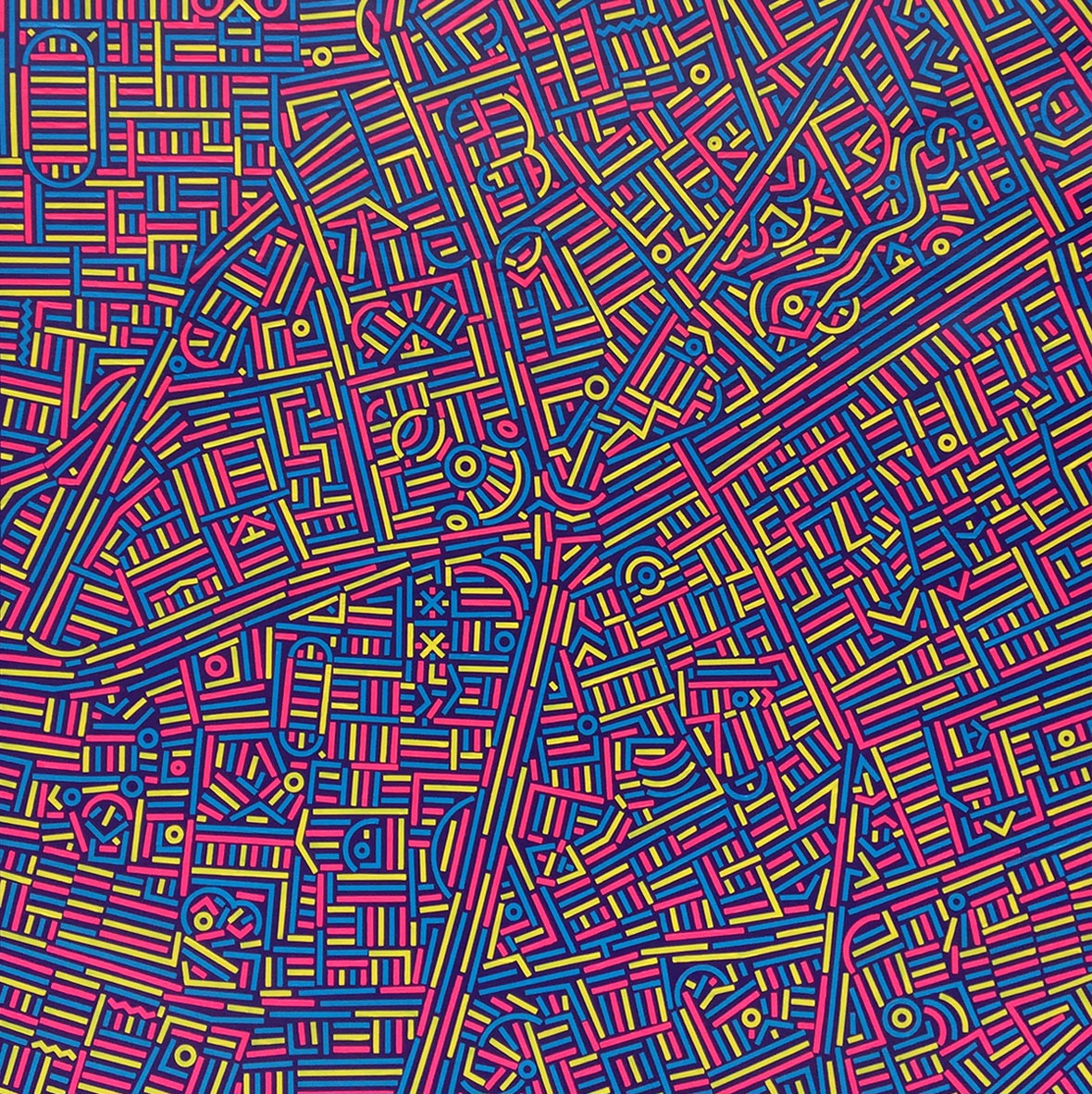
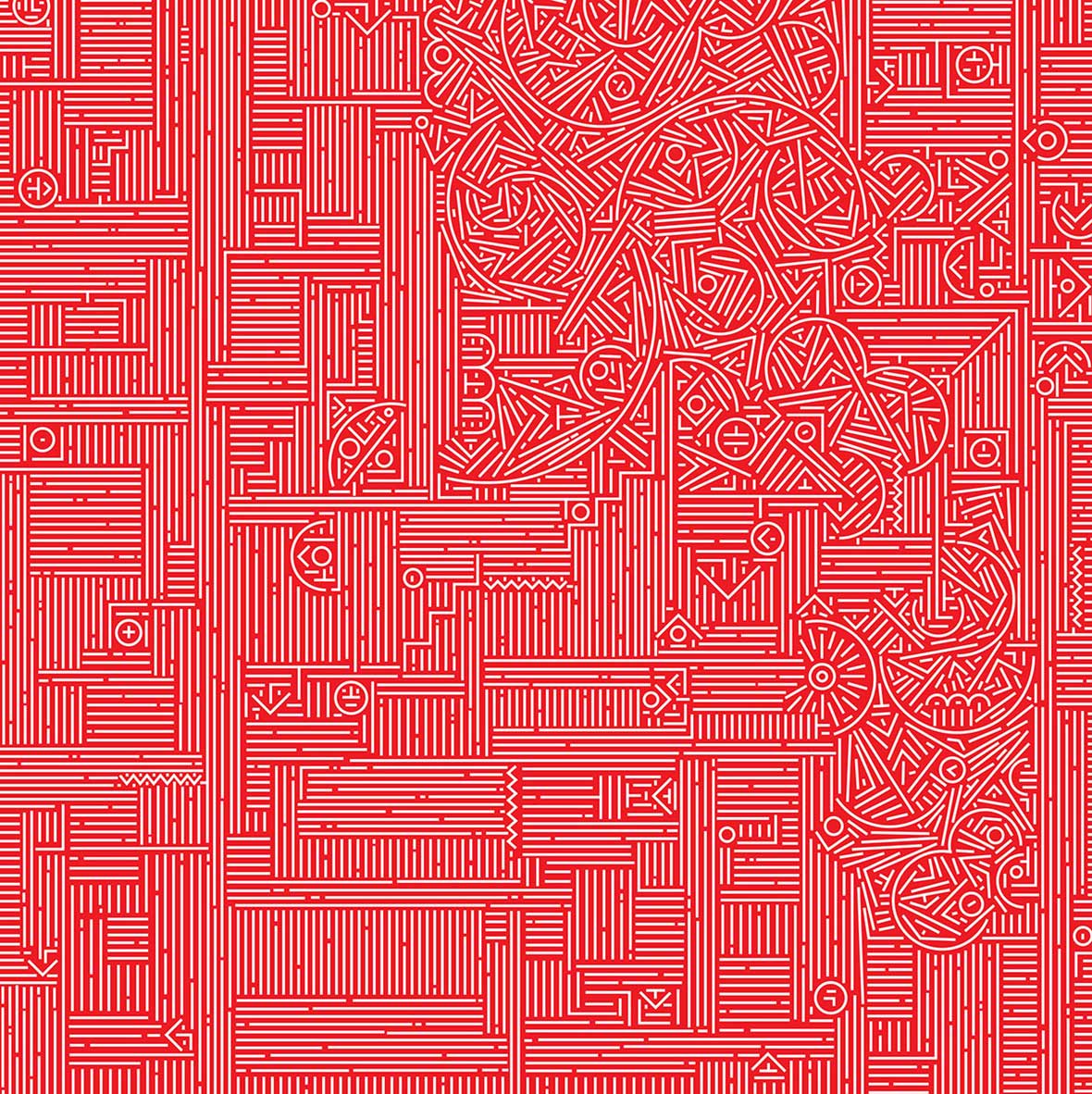
Lu’s recent paintings, currently on display in a solo show titled Eternal City at Art Labor Gallery in Shanghai, share urban subjects and a vibrant, abstract style. Yet Lu divides them into three distinct series: City DNA, City Stream, and Reflections. The first uses satellite views, the second presents aerial views similar to that of a drone, while the third shows architectural views seen from the ground.
City DNA condenses the dynamic rhythm of the city and places abstraction at the heart of real places in the world. It deconstructs what we see and then reconstructs it in a way that urges the viewer to notice more than just differently hued geometric lines. In Xujiahui, for example, there’s a visceral essence behind the beauty. “It’s very fascinating to play between real and abstract,” says Lu.
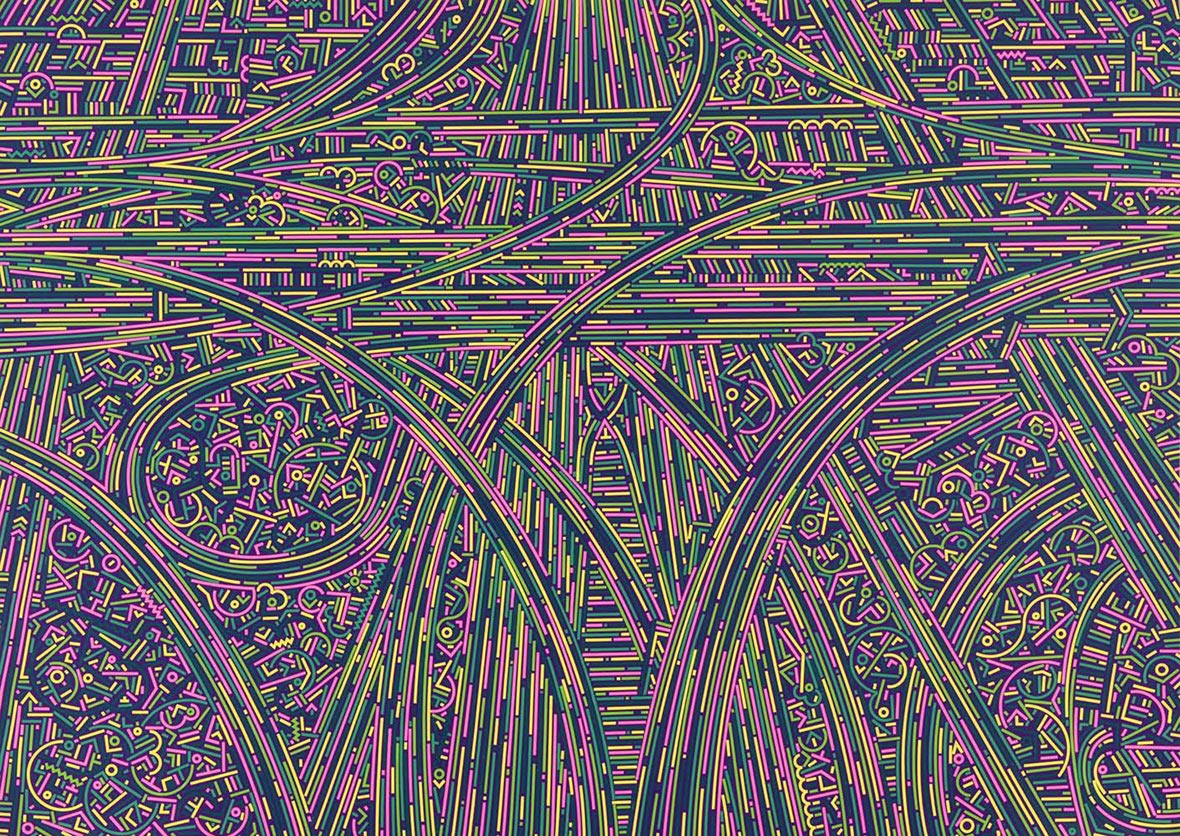

City Stream evolves out of the previous series and adds a sense of motion. “City Stream focuses on the perspective of the city and its systems,” explains Lu. “I want to show the movement and energy through dynamic highways and modern buildings.” To capture the personality of the city, he often uses municipal or national colors to imply an identity.

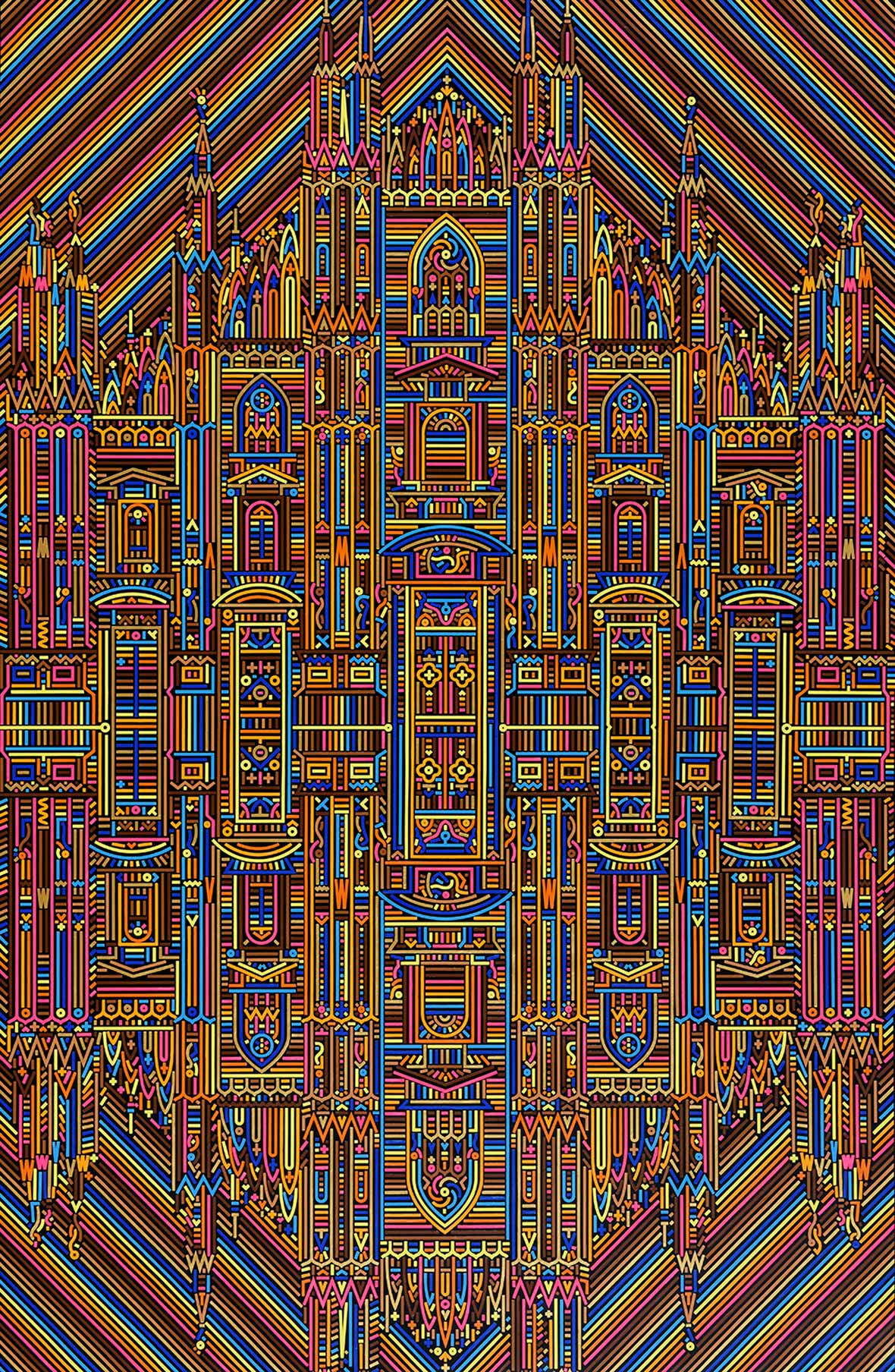
Reflections began as a commission based on pictures of the US Capitol in Washington, DC. The project inspired Lu to take his abstraction in a new direction. “I was very moved by those images. It’s so peaceful when the building is reflected in the water with the moon behind it.” Like the other two, this series explores modernity, globalization, and human consciousness.
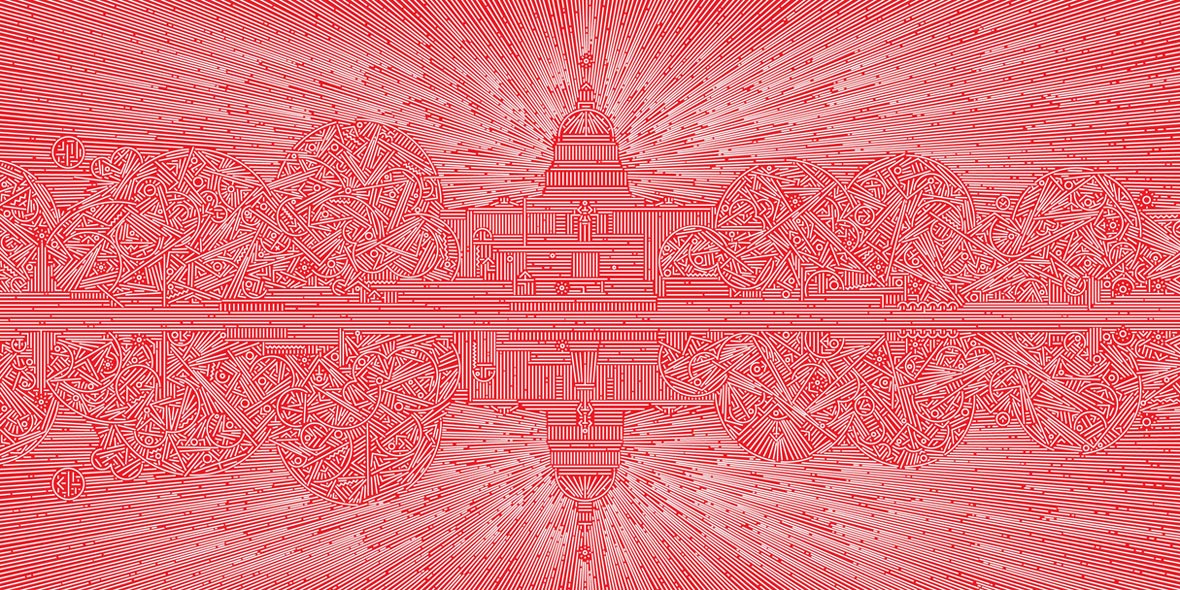
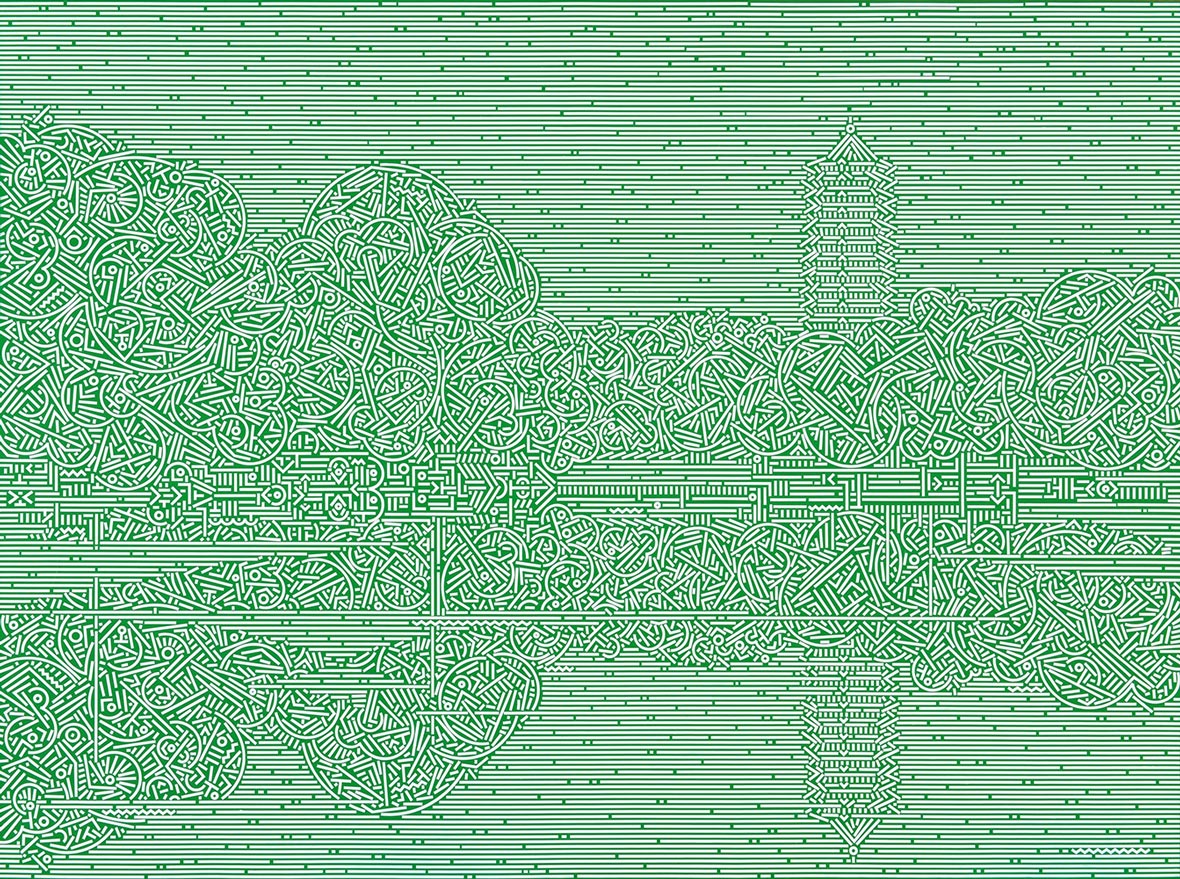
Lu studied at the Frank Mohr Institute at Hanze University in the Netherlands, and the influence of the ZERO and De Stijl movements is evident in his work. However, his aesthetic has roots dating back to his childhood in the countryside in Yixing, in Jiangsu province.
In elementary school, a visiting teacher lit the spark for his artistic career. Seeing that Lu had a keen interest in painting, she asked if he’d like to go to art school one day. “It was the first time anyone had asked me that question,” says Lu. “I didn’t know there were universities in the world where you could study art.” The idea of a life of art lingered with the precocious Lu, and he dreamed of becoming an artist. “My parents thought I was crazy!” he recalls.
Given Lu’s childhood surrounded by nature, one might not expect his art to encompass urban forms. Yet his intricate works show the simple ways a child imagines complex systems such as global cities. What Lu does is to reduce these complexities to meticulous geometric shapes and sharp blocks of color, at once visually stimulating and tantalizingly simple.

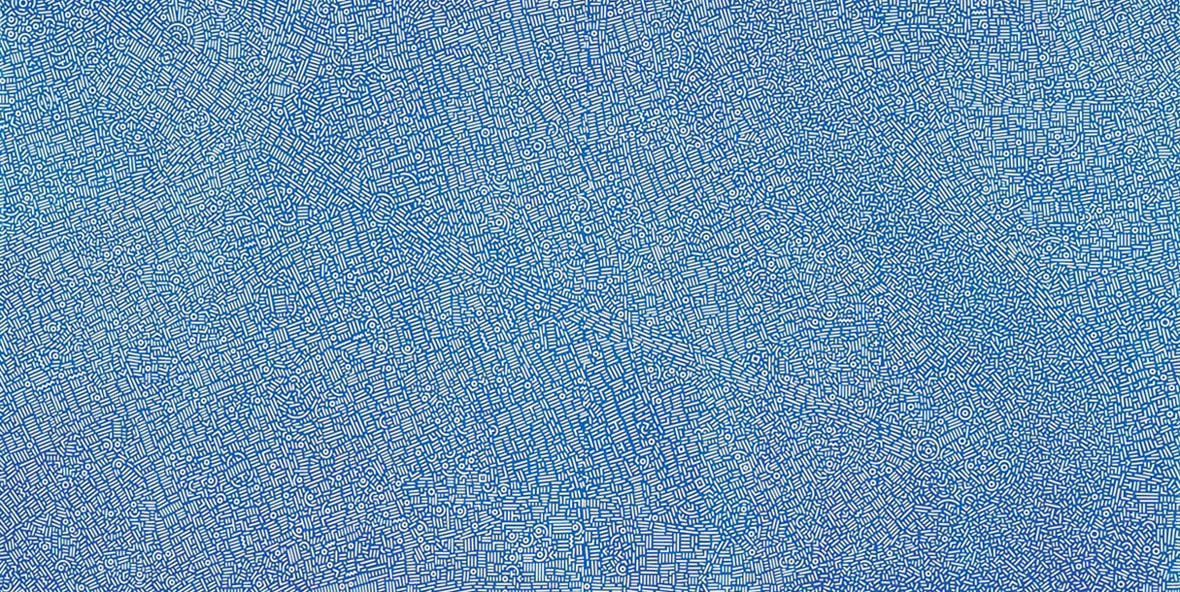
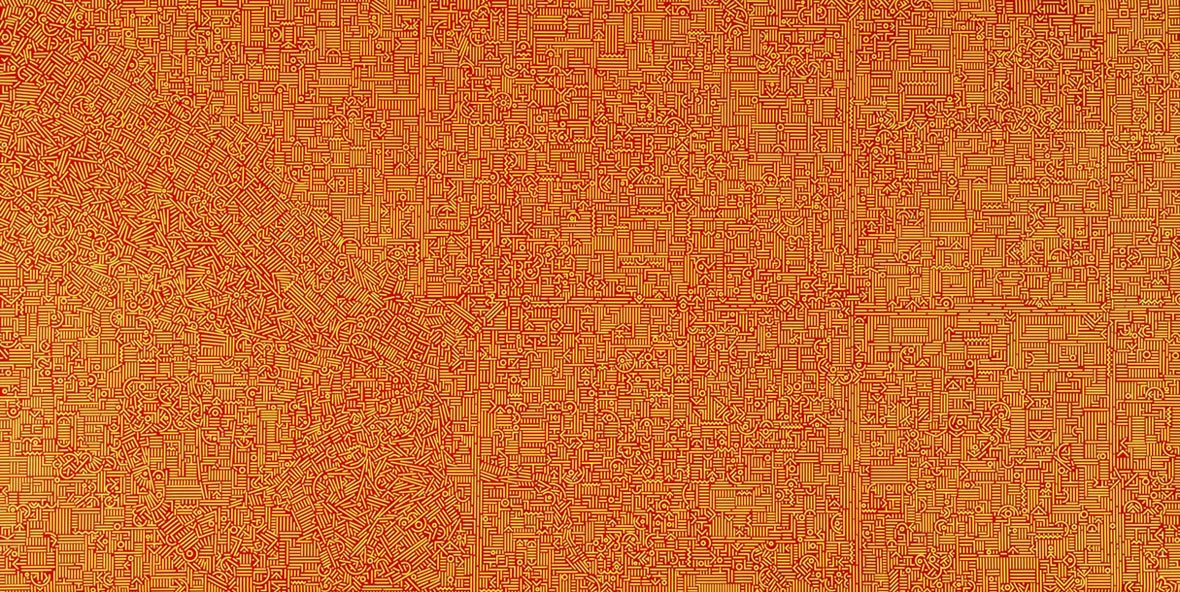
Today, Lu puts on solo exhibitions all over the world, and his work is in collections from Europe to Asia to Australia. His paintings have a certain stillness, a challenge to the ritualized abstract expressionism prevalent in contemporary art. His work pushes at the very edges of abstract art in China and points to pure possibilities for a new beginning.
Like this story? Follow neocha on Facebook and Instagram.
Contributor: Misha Maruma
Chinese Translation: Olivia Li
Images Courtesy of ART LABOR Gallery & Lu Xinjian
